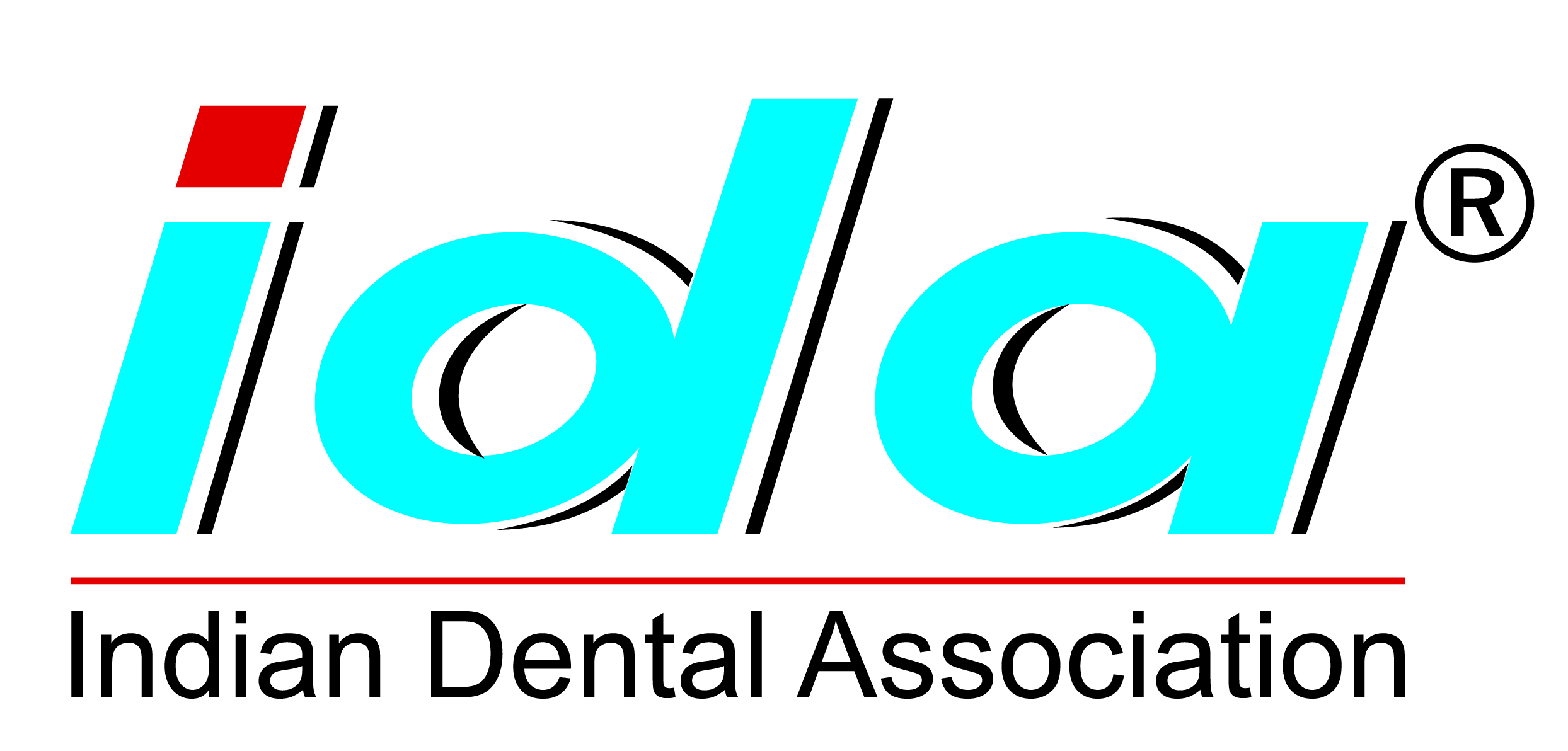The process of infection control should begin before the patient arrives, during
preparation for clinical treatment. This reduces the risk for transmission of infectious
agents during patient care, makes the treatment session more efficient and the post
treatment infection control process easier and more effective.
- Remove unnecessary items and unused equipments from the operatory.
-
The operatory should be arranged to facilitate thorough cleaning following each
patient.
-
Use prearranged tray set-ups for routine or frequently performed procedures whenever
possible.
-
Preplan the materials needed during treatment. Set out all instruments, medications
and impression materials needed. This includes individually sterilized bur blocks
with only those burs needed for the procedure. Also put out a rubber dam setup if
one will be needed.
-
Use disposable items and unit-dose materials whenever possible. The use of disposable
items saves time during cleanup and decontamination. Disposables also solve the
problem of decontaminating hard-to-clean items such as the saliva ejector.
-
Identify equipment and surfaces that will become contaminated during treatment.
Use a barrier. to prevent contamination of these surfaces and items or to disinfect
them after treatment.
-
The decision to use barriers or chemical disinfection should be based on individual
circumstances. Barriers are quick and easy to use, and can be readily changed, but
may be more expensive than chemical disinfection.
-
Disinfectants are generally less expensive and are easy to use on flat surfaces,
but they may stain or corrode some materials, may be toxic and are difficult to
use effectively on rough and odd-shaped surfaces.
-
If barriers are chosen, a number of readily available materials can be used. These
include plastic wraps, aluminum foil, impervious backed paper and commercially available
polyethylene sheets and tubing.
-
Cover light handles with plastic wrap or aluminum foil. These are available commercially
and some manufacturers offer removable light handle attachments that can be disinfected
easily.
-
Cover the back of chair with a polyethylene bag to protect the headrest, protect
the control buttons with plastic wrap and the arms of the chair with polyethylene
tubing.
- Cover counter tops with plastic laminated paper.
-
Protect the hoses to the air-water syringe, saliva ejector, high- speed evacuator
and handpieces with polyethylene tubing.
-
Set up radiographs for viewing and reviewing patient records before initiating the
treatment. Entries into the record should be made before putting the gloves on or
after they have been removed and hands have been washed. Do not make computer entries
during treatment unless the equipment has been barrier protected.
-
Follow manufacturer's directions for care and maintenance of water lines. Patient
material (e.g. oral microorganisms, blood, saliva) can enter the dental water system
during patient treatment. Dental devices connected to the dental unit water system
should be operated to discharge water and air for a minimum of 20-30 seconds between
patients. This procedure flushes out any patient material that might have entered
the turbine, air and waterlines.
-
All personnel involved in patient care should prepare themselves for the incoming
patient. This includes the use of personal protective equipment (gown, eyewear,
mask, gloves) and hand washing.





